Nike the Goddess of Victory
Nike the goddess of victory was often portrayed as a beautiful young woman with wings in Greek mythology. She was also known as the Winged Goddess and was said to bring victory to those who worshipped her. Nike was originally a minor goddess, but her popularity grew after she became associated with the powerful god Zeus. She was often depicted in art as crowning a victorious warrior or athlete. Nike is an important figure in Greek mythology and has been adopted by many companies and organizations as a symbol of victory.
Nike’s Birth in Greek Mythology
Nike was the Greek goddess of victory who was often depicted as a winged woman. She was worshiped by athletes and warriors, and her symbols included the olive wreath and the palm branch. Nike’s birth is said to have occurred when Zeus asked the Titan Pallas to create a being that would be more beautiful than any other in existence. Pallas used his own breath to create Nike, and she was said to have filled Olympus with her radiance. Nike became one of Zeus’s favorite companions, and he entrusted her with the task of announcing his victories. Nike’s name means “victory,” and she was also known as Nikanthes (“the victorious one”).
The origins of Nike the Goddess of Victory
Nike is the goddess of victory in ancient Greek religion. She was variously described as the daughter of the Titan Pallas and the goddess Styx, and the sister of Kratos, Bia, and Zelus. Nike presided over the destiny of mankind and iconography depicts her most commonly as a young woman crowned with laurels. Her symbol is the Greek letter Ν, representing victory.
she played an important role in many of the great battles fought by the Greeks. Nike was also associated with Zeus, and she is said to have helped him win his battle against Cronus.
Nike’s name comes from the Greek word for “victory,” and she was worshiped as a goddess of victory in battle. She was also seen as a bringer of success in all endeavors, and her symbols include the olive wreath and palm branch. Nike was a popular figure in art and literature, and she has been portrayed by many famous artists throughout history.
Nike’s Role during the Titanomachy?
The Battle of the Titans was a ten-year conflict between the Titans and the Olympians. The Titans were a race of giant beings who ruled the world before being overthrown by Zeus and his siblings. The Titanomachy, as it came to be called, is one of the most famous stories in Greek mythology.
Nike was a very important figure in the Titanomachy, the war between the Titans and the Olympians. She sided with the Olympians and helped them to victory. Nike played an important role in this battle. She is said to have brought Zeus his armor when he went into battle against Cronus, the leader of the Titans.
Nike was also one of the charioteers of Zeus, and she helped him to win many battles. Nike also helped Athena defeat Ares, the god of war.
Nike Greek goddess of Victory?
In art, she was often shown holding a wreath or palm branch, symbolizing her role as the bringer of victory.
Nike was a very popular goddess, and her cult had shrines and temples throughout Greece. One of her most famous temples was at Olympia, where the Olympic Games were held in her honor. Nike was also one of the main characters in Homer’s Iliad, where she sided with the Greeks against the Trojans.
The origin of Nike’s name is uncertain, but it may be connected to the Greek word for “conquest” or “victory”. In any case, Nike became one of the most important symbols of Greek culture and civilization.
To The ancient Greeks, she brought glory to the victor and honor to those who fought courageously on the battlefield. Nike was also seen as a sign of hope for those who were about to embark on a journey or undertaking.
The goddess Nike is one of the most popular figures in Greek mythology. She represents strength, speed, power, and victory. It is no wonder that she has become an icon for athletes all over the world.
Nike: From Myth to History
Nike was a popular figure in both Greek and Roman mythology. She was often invoked in poetry and literature, and her image appeared on coins, sculptures, and other works of art. Nike was also worshipped as a deity, and temples were built in her honor.
In recent years, Nike has become more than just a mythological figure; she has become an icon of the modern world.
Nike’s Greatest Power?
Nike represents power, strength, speed, and victory. Her symbols include the olive wreath and the laurel wreath. Nike is often associated with Zeus, the king of the gods. She was his charioteer during the Trojan War.
Nike Goddess of victory in popular culture
Nike was originally a minor goddess in Greek mythology, but she later became one of the most popular deities. Her name means “victory” in Greek, and she was associated with success in battle and athletics. Nike was often depicted alongside Zeus, Athena, and Apollo.
In popular culture, Nike is often portrayed as a powerful and victorious goddess. She represents the ideal of triumph and is often invoked by athletes before competition. Nike has become an iconic figure in popular culture, and her image appears on many products related to sports and fitness.
Conclusion: Why is the Nike goddess of victory important?
The Nike goddess of victory is important because she represents triumph and success. In today’s world, we are constantly striving to achieve our goals and be the best that we can be. When we see someone succeed, it is a reminder that anything is possible if we set our minds to it. Victory is not always easy, but it is worth fighting for. Nike reminds us that no matter how hard life gets, we should never give up on our dreams.

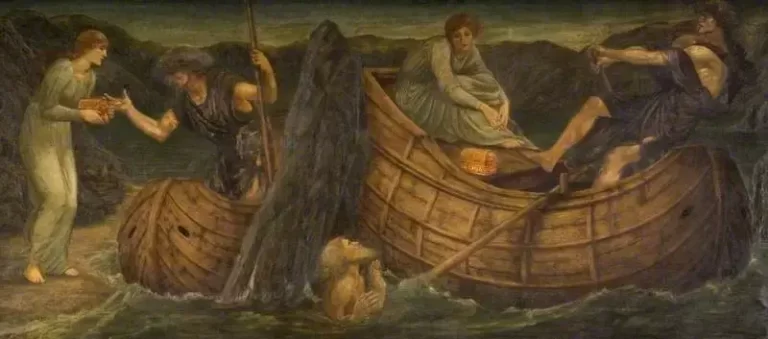
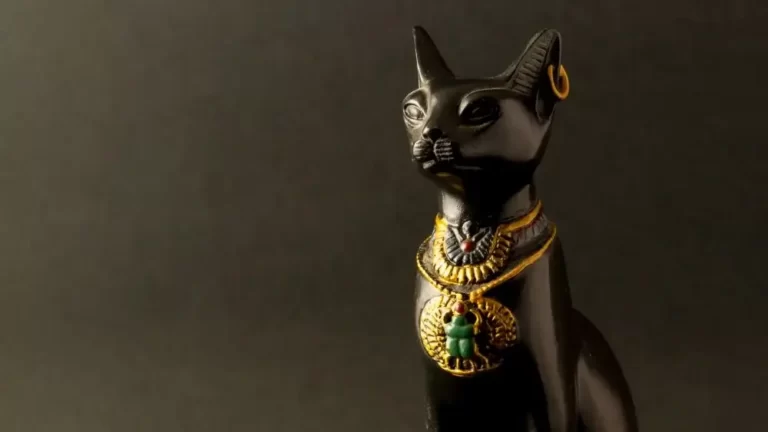
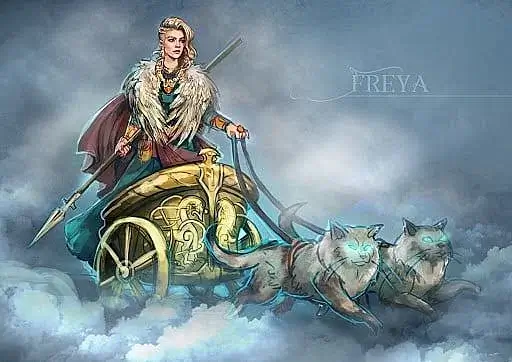
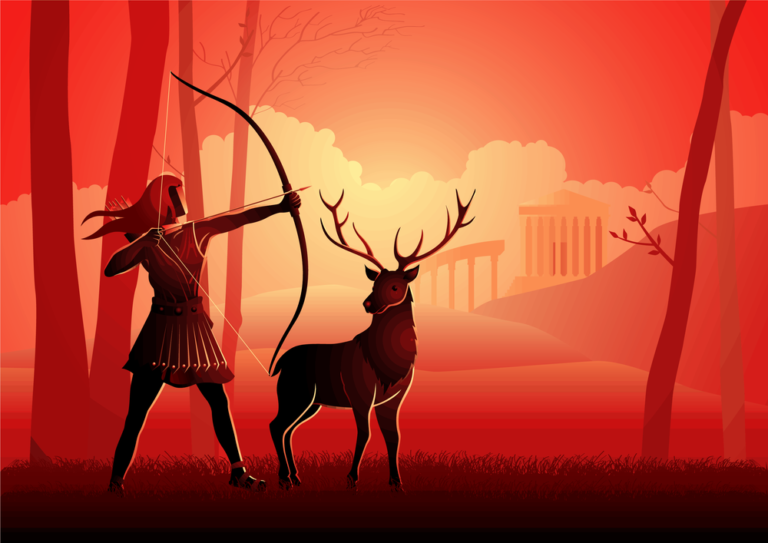
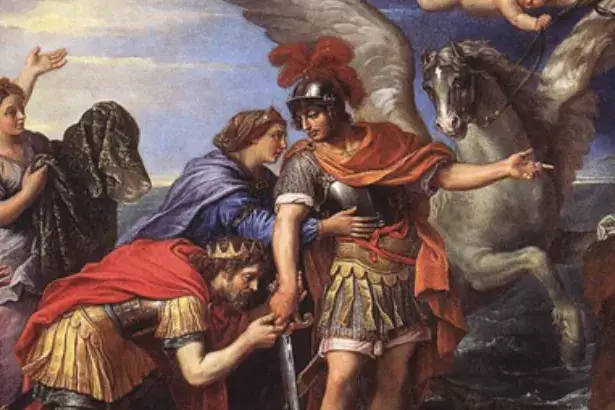

Good day! This is my 1st comment here so I just wanted to
give a quick shout out and tell you I genuinely enjoy reading through your articles.
Can you recommend any other blogs/websites/forums that
deal with the same subjects? Thanks a ton!
Nike God – Nike roman Goddess – Greek Mathology
rhryxftjt http://www.gbm445521e5705bxv72qa5dpby51e0fxs.org/
arhryxftjt
[url=http://www.gbm445521e5705bxv72qa5dpby51e0fxs.org/]urhryxftjt[/url]